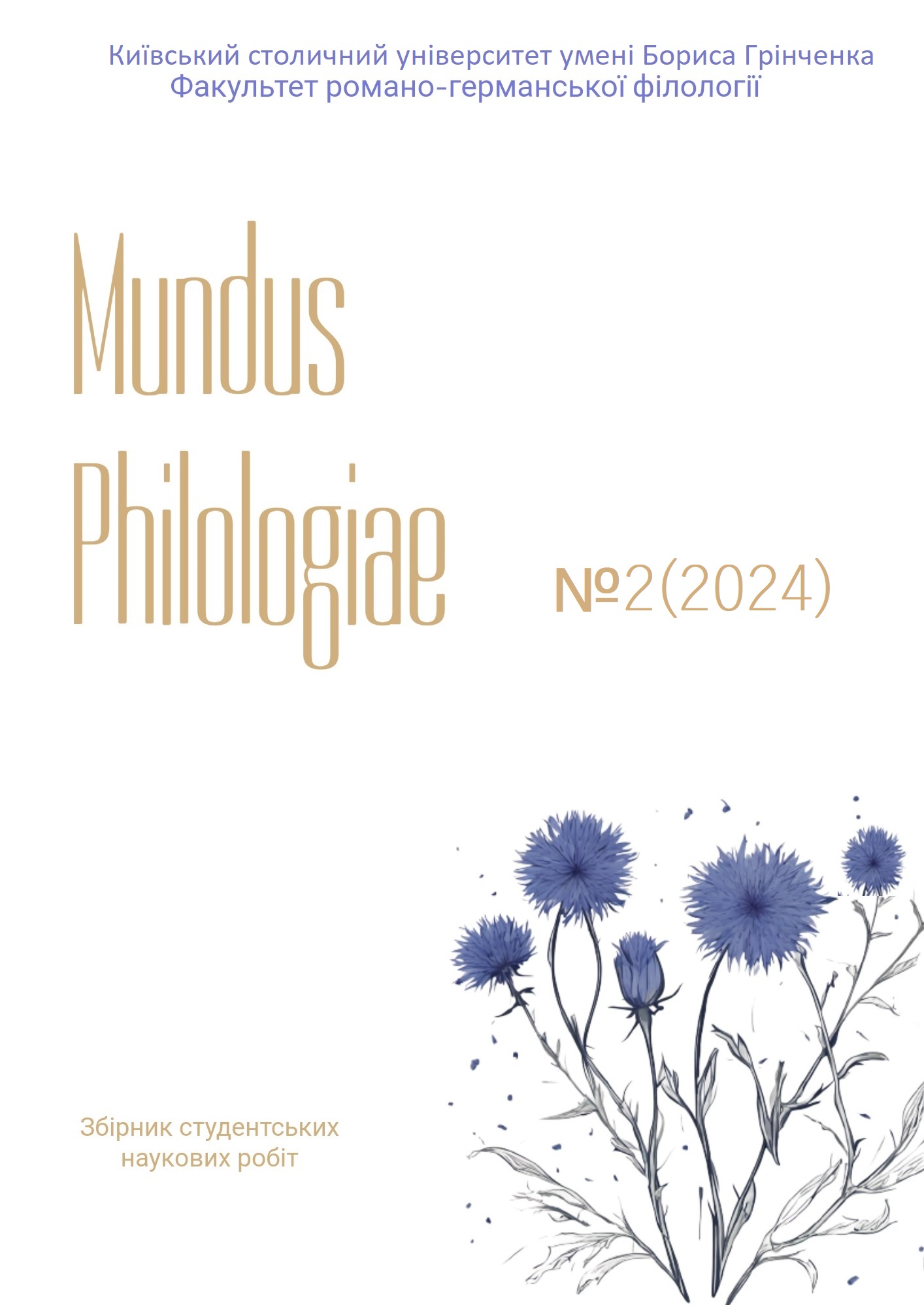UKRAINIAN CULTURALLY AND HISTORICALLY BOUND NOTIONS IN THE TRANSLATION OF V. SHKLIAR’S RAVEN
Keywords:
culturally and historically bound notions, translation techniques, Raven, connotative function, historical and cultural colouringAbstract
The article deals with the problem of rendering culturally and historically bound notions in the Ukrainian-English translation of Vasyl Shkliar’s Raven, performed by British translator Steve Komarnyckyj and editor Susie Speight. The article clarifies the theoretical background of the research, namely the concept of a historically and culturally bound lexicon, its existing classifications, translation strategies and techniques used for its rendering in both national and foreign scientific works. Nine techniques presented by Ukrainian translator and scholar Roksolana Zorivchak are used as a basis. They include transcription and transliteration, hypernymic renaming, descriptive periphrasis, combined renomination, calque, interlingual connotative transposition, substitution, situational correspondence and contextual explanation. The own classification of historically and culturally bound notions is also provided. It distinguishes four main groups, namely notions of everyday life, onomastic notions, ethnographic notions and historically bound notions. Furthermore, the article is dedicated to the practical analysis of the applied translation techniques, as well as to the statistical data. In most cases, the use of the full range of translation techniques helped to preserve both historical and cultural colouring of the original, being a main evidence of the successful translation performed.




